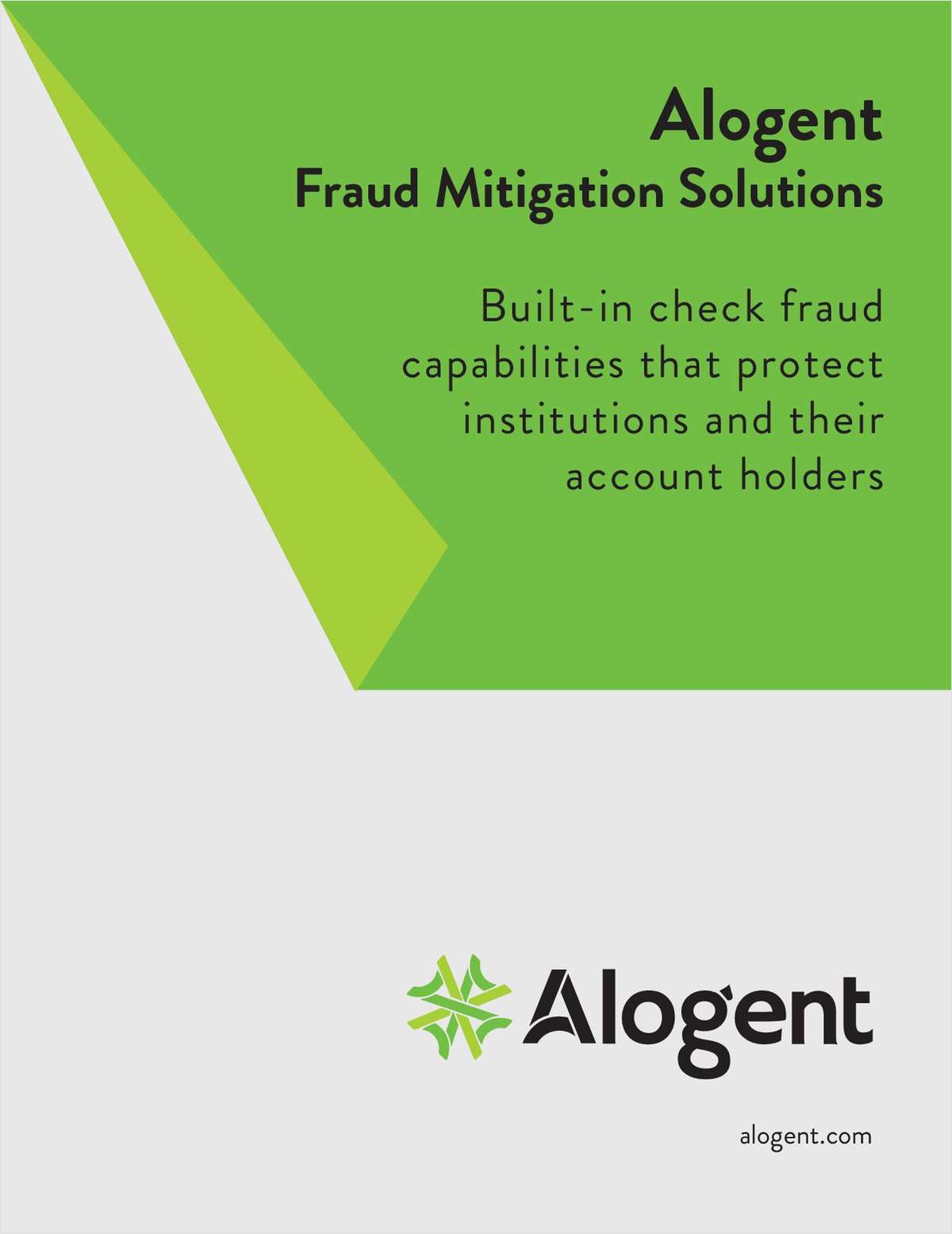Credit unions have a lot of different economic factors both present and future to weigh before making investment decisions. Here is a rundown of just some of what is going on that CUs should consider on the investment front. The bond market sold off during the fourth quarter of 2003 due to improving fundamentals, and increasing budget deficits may continue to put pressure on Treasury prices. The continued pressure on prices has caused the yield curve to steepen in the short-to-intermediate areas of the curve, while flattening slightly on the long end. The flattening of the long end is important due to the correlation between the long end of the yield curve and mortgage products. Obviously, prepayments on newly originated 15- and 30-year mortgages with low coupons have significant extension risk if the long end of the curve continues to sell-off. The two-year Constant Maturity Treasury (CMT) index, the benchmark for credit union investors, averaged 1.85% in fourth quarter 2003 compared to 1.67% in third quarter 2003. In the fourth quarter, the index was highly volatile, ranging between 1.47% and 2.12%. At present, the spread between fed funds and the 2-year Treasury is 75 basis points (bp). This spread has increased due to growing economic optimism. The current steepness in the yield curve rests between the two and five-year points along the curve. In particular, the yield spread between two and five years is 133 bp. Credit union investment managers should maintain portfolio duration between 1.75% and 2.00%, due to the high probability for a protracted low interest rate environment. Credit unions should also strive to maintain proper sector allocation and optionality approximating policy limits in this environment, preferably maintaining a 55%/45% balance between non-optionable and optionable securities. Following are specific recommendations for sector allocations and strategies to take advantage of the current and forecasted environment. Overnights The low fed funds rate and the potential for a protracted low rate environment mandates that credit unions should continue to minimize overnight holdings. In addition, credit unions should reinvest proceeds from maturing or called investments in term maturities to prevent spread compression and poor investment portfolio performance. Bullets Credit union portfolio managers should utilize a barbell strategy to extend out along the yield curve. Due to the steepness between the 2- and 5-year points along the curve, a four-year barbell structure is recommended. This structure would concentrate scheduled maturities in the 0-12 and 36-48 month maturity buckets. If rates increase, the short end of the barbell could be used to fill 12-36 month buckets at higher yields. However, should rates decline, the credit union has money invested longer-term at higher yields without option risk. Bond swap opportunities also remain a viable option to enhance yield and income. In particular, swapping out of excess 2004 cash flows into longer-term higher coupon bullets should allow potential gains on sales and enhance yield. Mortgage Related Products Currently, the greatest risk for credit unions holding collateralized mortgage obligations (CMOs) and mortgage-backed securities (MBS) is extension risk. With the increase in long-term rates last quarter, market prepayment speeds have slowed. Prudent investors should begin to analyze the extension risk of individual CMOs and MBS and liquidate those with excessive extension risk. From September to December, 15- and 30-year mortgage rates declined 64 bp and 63 bp, respectively. Despite that decline, refinancing activity has remained muted, as the volume of mortgage applications to refinance existing mortgages fell by more than 34%. CMO investing requires a balanced approach right now. Extension risk is the greatest risk to mortgage investors at these historically low yields. However, many credit unions have just experienced an intense mortgage refinancing cycle, which has eroded the yield of their mortgage-related investments. Considering these two opposite risks we believe buying stripped-down coupon CMOs, with above market weighted average coupons, is an excellent way to mitigate extension risk while keeping premiums to a minimum. Mortgage collateral with higher weighted average coupons should maintain higher prepayments as rates rise, thereby extending less than collateral with lower weighted average coupons. Fixed Rate MBS In the MBS sector we are recommending 10- and 15-year current coupon and up-coupon trades. At the current stage of the interest rate cycle investors should be concerned with extension risk. By focusing on current and higher coupons the investor will realize greater relative value. Analyzing 15-year MBS we can see the relative value in the current coupon (5.50%) verse the low (4.00%) coupon. At current speeds of 3% CPR the average life on the 4.00% coupon is 7.06 years with a spread of +75 bp, versus an average life of 4.83 years and a spread of +145 bp on the 5.5% coupon at current prepayment speeds of 12% CPR. Due to the volatility of the bond market and diminishing likelihood of any FOMC rate increases, overweighting medium-term agency bullets and certificates of deposit (CDs) is a good idea. Additionally, credit unions should limit exposure to overnight accounts. Rolling out of overnights and into term investments can improve earnings and limit further spread compression should rates remain depressed, as predicted.
Complete your profile to continue reading and get FREE access to CUTimes.com, part of your ALM digital membership.
Your access to unlimited CUTimes.com content isn’t changing.
Once you are an ALM digital member, you’ll receive:
- Breaking credit union news and analysis, on-site and via our newsletters and custom alerts
- Weekly Shared Accounts podcast featuring exclusive interviews with industry leaders
- Educational webcasts, white papers, and ebooks from industry thought leaders
- Critical coverage of the commercial real estate and financial advisory markets on our other ALM sites, GlobeSt.com and ThinkAdvisor.com
Already have an account? Sign In Now
© 2024 ALM Global, LLC, All Rights Reserved. Request academic re-use from www.copyright.com. All other uses, submit a request to [email protected]. For more information visit Asset & Logo Licensing.









